Earlier this week, I wrote about whether Alibaba Cloud should be ignored in the larger cloud computing industry conversation, when its growth and earnings are comparable to that of Google Cloud Platform (GCP).
A public cloud is an extraordinarily complex, deeply technical, and capital intensive product, so assessing it just from a pure financial perspective is insufficient. Let’s look at these four large public cloud companies -- Alibaba Cloud, AWS, Azure, GCP -- from a product perspective.
There are many different ways to slice and dice a public cloud platform: number of applications on top of the platform, breath of services, speed and quality of the cables connecting all the data centers, service-level agreement combined with quality of support, total cost of ownership, and many others. Many of these factors can be rather subjective and deal-dependent, i.e. the listing price of a cloud service is rarely how much a big customer pays if it’s big enough to have negotiating leverage.
Surprisingly, the most analog and physical aspect of a public cloud -- data center coverage -- is a good indicator that shows the baseline quality of that cloud, how much investment is being made, where is the investment now, and where is the investment going.
Data Center Coverage
There are two key terminologies to define first:
- Regions: a Region contains a set of data centers. These Regions are often named by that geographical location and/or some basic numbering, e.g. West India, Northern California, Asia Pacific SE 3 (Kuala Lumpur). It’s a logical construct.
- Availability Zones (AZs): An AZ (GCP just calls it “zone”) is a physical construct. It’s a set of data centers physically fenced off with barbwires with human security. It belongs inside a Region and is physically separated from data centers of a different AZ in the same Region. Region is a bigger unit than AZ. A Region may have one or multiple AZs. As a cloud customer, it’s generally good to use Regions that have many AZs of data centers to create redundancy inside a Region while guaranteeing good performance. Redundancy happens when there’s more than one AZ in that Region. Performance is maintained by the relatively small physical distance between AZs, usually less than 100 miles, as compared to the larger distance between two different Regions.
All these Regions of data centers are connected by networks of cables with different bandwidths that make up the baseline infrastructure of a cloud.
Here are maps of where the Regions are for AWS, Azure, GCP, Alibaba Cloud:
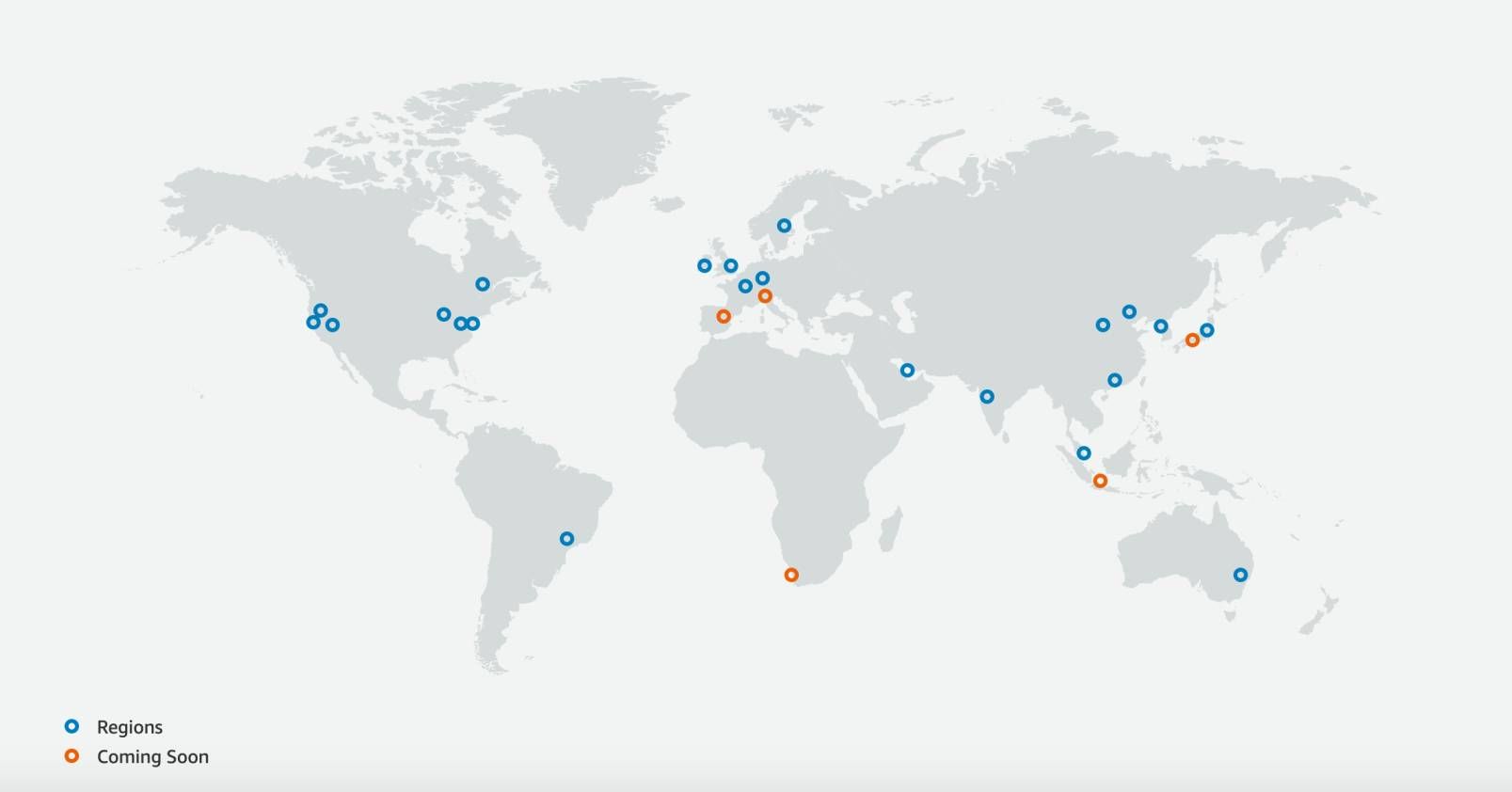
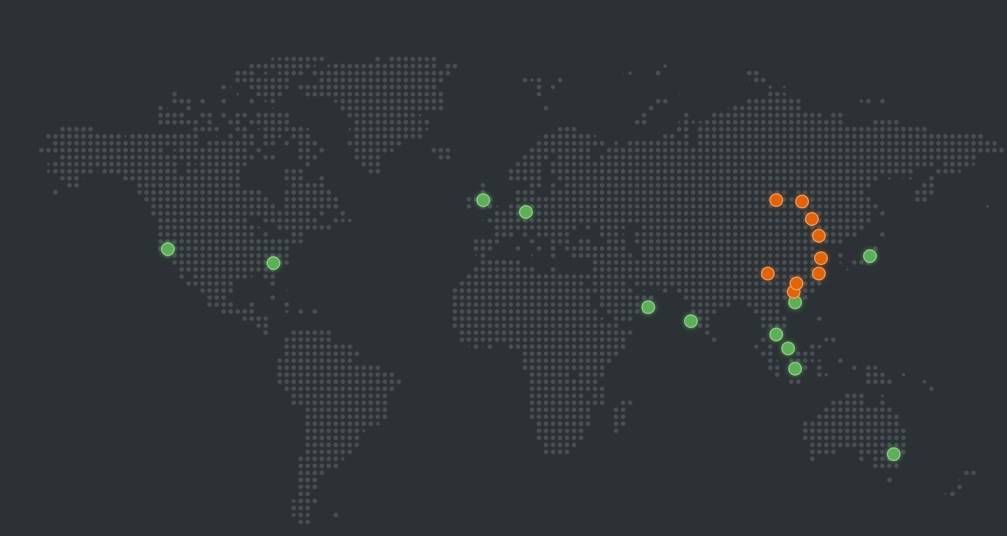
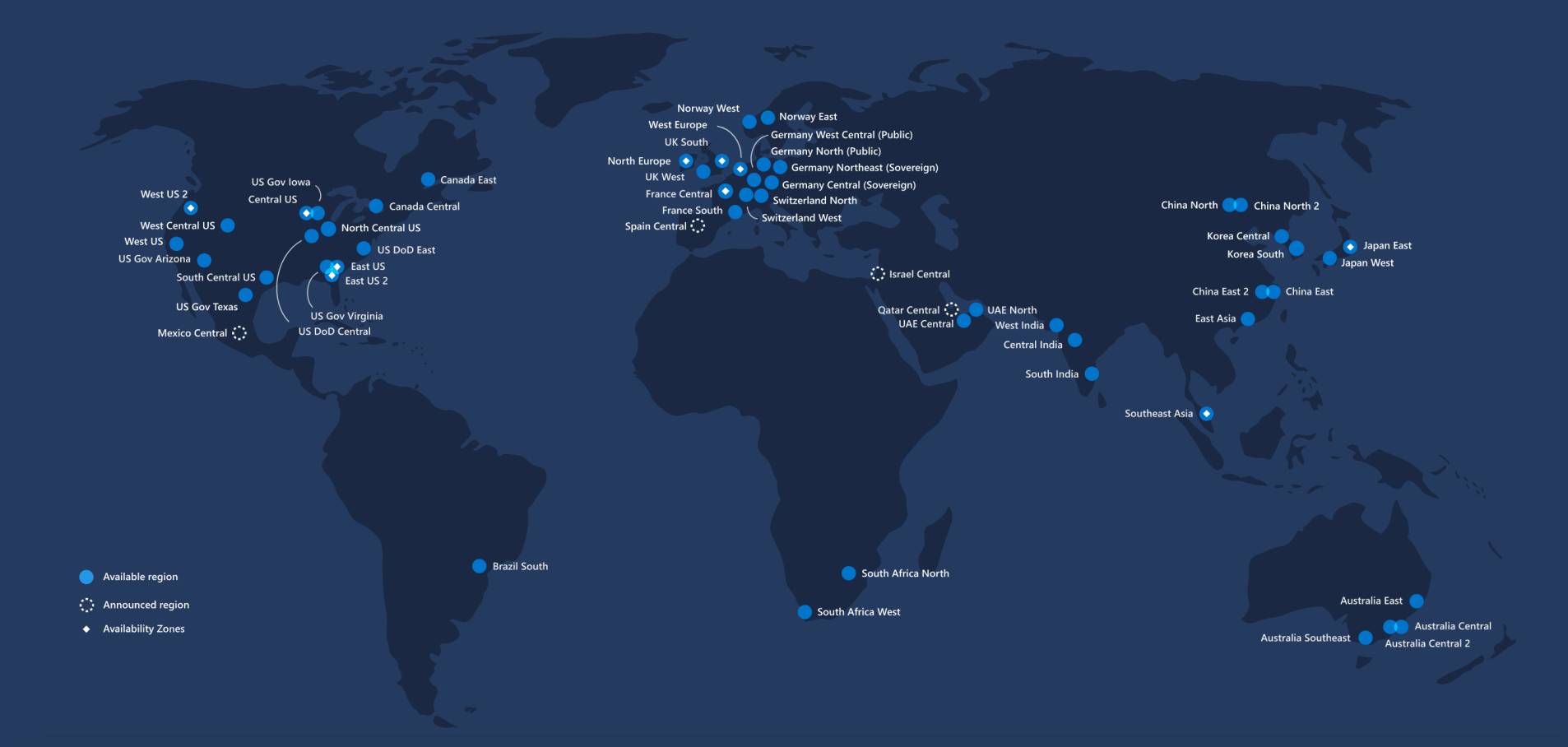
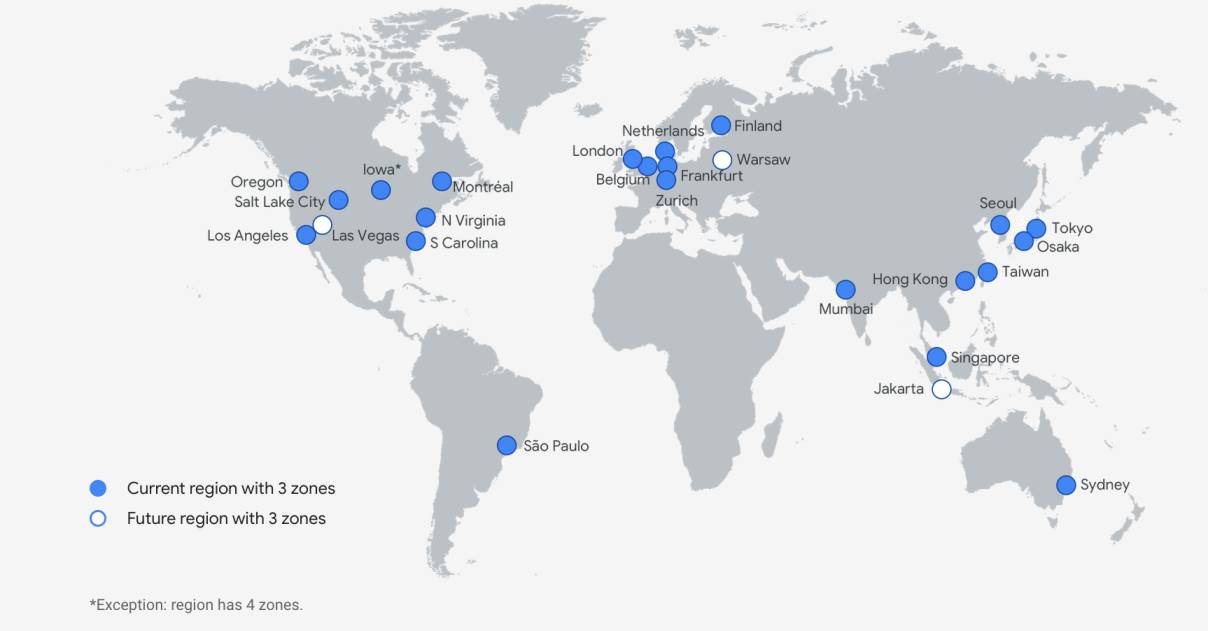
Here’s a breakdown of the number of multi-AZ regions in China, North America., Europe, everywhere else, and single-AZ regions at large.
| Multi-AZ Regions in China | Multi-AZ Regions in North America | Multi-AZ Regions in Europe | Multi-AZ Regions Everywhere Else | Single-AZ Regions | Total Regions | |
|---|---|---|---|---|---|---|
| Alibaba | 9 | 2 | 2 | 7 | 1 | 21 |
| AWS | 2 | 7 | 5 | 8 | 0 | 22 |
| Azure | 0 | 4 | 4 | 2 | 47 | 57 |
| GCP | 0 | 7 | 6 | 8 | 0 | 21 |
Here are my reasons for breaking these Regions down in this way:
- Multi-AZ Regions have the infrastructure layout necessary to provide redundancy, performance, and the usage and pricing flexibility that make up the core value proposition of a public cloud. Single-AZ Region does not. Thus, the separation between multi-AZ and single-AZ Regions is important. Not all Regions are created equal.
- Based on industry analyst firm, IDC, the future growth of public cloud computing will come mostly from North America. Europe will be the second largest market. China will be the fastest-growing market (49.1% Compound Annual Growth Rate, or CAGR, in the next five years). Thus pulling these three markets out individually provides a good analytical framework.
With that in mind, here are some noteworthy observations:
- Even though Azure seems to have more than double the number of Regions than its competitors, most of them are single-AZ Regions. (You can argue that many of the Azure Regions are close to each other and effectively function as multi-AZ Regions, but that begs the question of why Azure decides to market itself this way when these terminologies are well-understood in the developer circle.)
- AWS and GCP have no single-AZ Regions. Each of their Regions has at least three zones. From a technical perspective, having three zones makes the most sense in terms of both redundancy and ensuring data consistency, because it’s related to how a distributed system (fundamentally what a cloud is) reaches consensus (or agreement) automatically and algorithmically without human intervention. (This is a deeply technical topic that I’ll save for future posts.)
- Alibaba Cloud’s investment is heavily concentrated in China. It’s overall non-China footprint is lagging behind AWS, Azure, GCP.
- Of the three American public cloud vendors, only AWS has made data center investments inside China.
- Not all multi-AZ Regions have the same number of AZs. AWS and GCP’s platforms are quite standardized; most of their Regions have three zones save a few exceptions, while Alibaba Cloud’s multi-AZ Regions are all over the place: some have eight zones (China North 2--Beijing, China East 1--Hangzhou), while others have just two. Azure does not share how many AZs are constructed inside its multi-AZ Regions.
- Only Azure has built a physical presence in Africa so far.
- AWS, Azure, GCP all have a single Region in Latin America (specifically Brazil), though that market is projected to grow quickly as well in the next five years, at 38.3% CAGR.
Trends and Counter-Trends
If you are an international relations nerd like me, there are some interesting trends and counter-trends in the data center footprints of these four large public cloud computing providers.
First, each of these public cloud platforms are basically everywhere where there is a critical mass of Internet users. We are in a world where the narrative of “decoupling” is trending up, the nativist retreat from globalization is strong, and the coronavirus or COVID-19 public health crisis is seen as a catalyst to this trend. Yet, our digital infrastructure is handled by a handful of large tech companies who have data centers spread around the world, all interconnected to each other with lightning-fast fiber optic cables, serving a future that will only become more digitized. Our emotions may be swayed (or manipulated) to want to “decouple”, but the world we are building will continue to be deeply connected.
Second, data locality is an often underappreciated aspect of the cloud business. Large enterprise companies, like banks, insurances, healthcare providers, and definitely governments, are often regulated and required to keep their data inside the country they are a part of. The locations of Regions that these cloud companies selected are both to provide further geographical coverage to improve redundancy and to “be local” to these types of customers that must keep data within their national border for regulatory reasons.
There are four main things a country usually regulates to exert governance: people, currency, natural resources, and data. Cloud computing falls squarely in the data column. This is that counter-trend I’m referring to; these clouds both keep our world connected and facilitate “decoupling” in some sense.
Lastly, where these clouds are going can give us some indication as to where the next big connection or decoupling will happen. One little-known aspect of running a large cloud business is that you get to see a significant proportion of the entire Internet from the inside, because you are keeping that portion of the Internet functional.
A global-scale cloud knows where the Internet is now, and where it’s going.
So where is the Internet going? Based on the maps laid out by these cloud companies, as of today, AWS is going to Milan, Spain, South Africa, Jakarta, and Osaka. Azure is going to Mexico, Israel, and Qatar. GCP is going to Warsaw, Jakarta, and furthering its footprint in the U.S. Curiously, Alibaba Cloud’s map gives no indication of where it’s expanding next, if at all. Despite making meaningful business progress in an unfriendly business environment, as I’ve discussed in a previous article, it does appear that Alibaba Cloud’s ambition is curtailed for the time being.
The public cloud market overall is still young, as shown by the fact that the main incentive for every player, no matter how big or small, is still to “land grab”. A public cloud vendor will do everything it can to incentivize a company to put its digital assets (e.g. application code, data, image, videos, machine learning models) into its data centers. And to convince more companies to do so, it needs to build more AZs and Regions, and lay down more cables to connect them in places where the next wave of digitization will happen.
If you like what you've read, please SUBSCRIBE to the Interconnected email list. New posts will be delivered to your inbox (twice per week). Follow and interact with me on: Twitter, LinkedIn.
AWS、阿里云、Azure、GCP的数据中心都在哪儿?
前几天我写了一篇关于阿里云的文章,从商业的增长和收益角度与Azure和GCP对比,来看看经常被媒体忽略的阿里云到底怎么样。
当然,公共云是个非常复杂、技术含量很高、需要很多投资的产品。仅仅从纯财务角度分析它是不够的。所以我想用这篇文章从产品的角度来看看全球领先的四家公共云厂商:阿里云、AWS、Azure、GCP。
分析和评价公共云平台的方法多种多样,可以从平台上的应用程序数量、各种服务的多少、数据中心之间的电缆速度和质量、服务协议和客服质量、资源拥有成本,以及许多其他方面看。这边提到的不少评价方式涵盖的主观因素较多,也取决于每个deal的具体情况。比如,大客户一般不会付公有云官网上的价格。如果你够大,肯定有折扣。
相反,如果从一个公有云的数据中心覆盖率来评价它还比较客观。数据中心的覆盖率是个很好的指标,可以看出一个云的基本质量、目前投资的轻重点和今后投资的方向。
数据中心覆盖范围
看数据中心覆盖之前,我们首先要解释下两个关键术语:
- Region(区域):一个区域里有一组数据中心。它们的命名通常是根据地理位置和一个数字,例如印度西区、北加亚区、亚太东南部第三区(吉隆坡)等。Region是一个逻辑概念。
- 可用性区域(Availability Zones, AZs):AZ(GCP就叫“Zone”)是一个实体构造,就是一组看得见摸得着的数据中心,有铁丝网和保安。它是Region的一个部分,与同一个Region里的其他AZ的数据中心是完全分开的。Region是个比AZ更大的单位。一个Region可能有一个或多个AZ。一个公有云客户通常应该使用一个有多个AZ的Region,因为多AZ的Region的冗余性和性能一般是最均衡的。一个Region中因为有多个AZ,所以冗余性好。因为AZ之间的距离比较近,通常小于100英里,所以性能也不错。两个不同Region之间的距离,一般会大很多。
这些数据中心之间都被不同种类的电缆所连接,这就是一个云的基本框架。
以下是AWS、Azure、GCP、阿里云的数据中心覆盖地图:
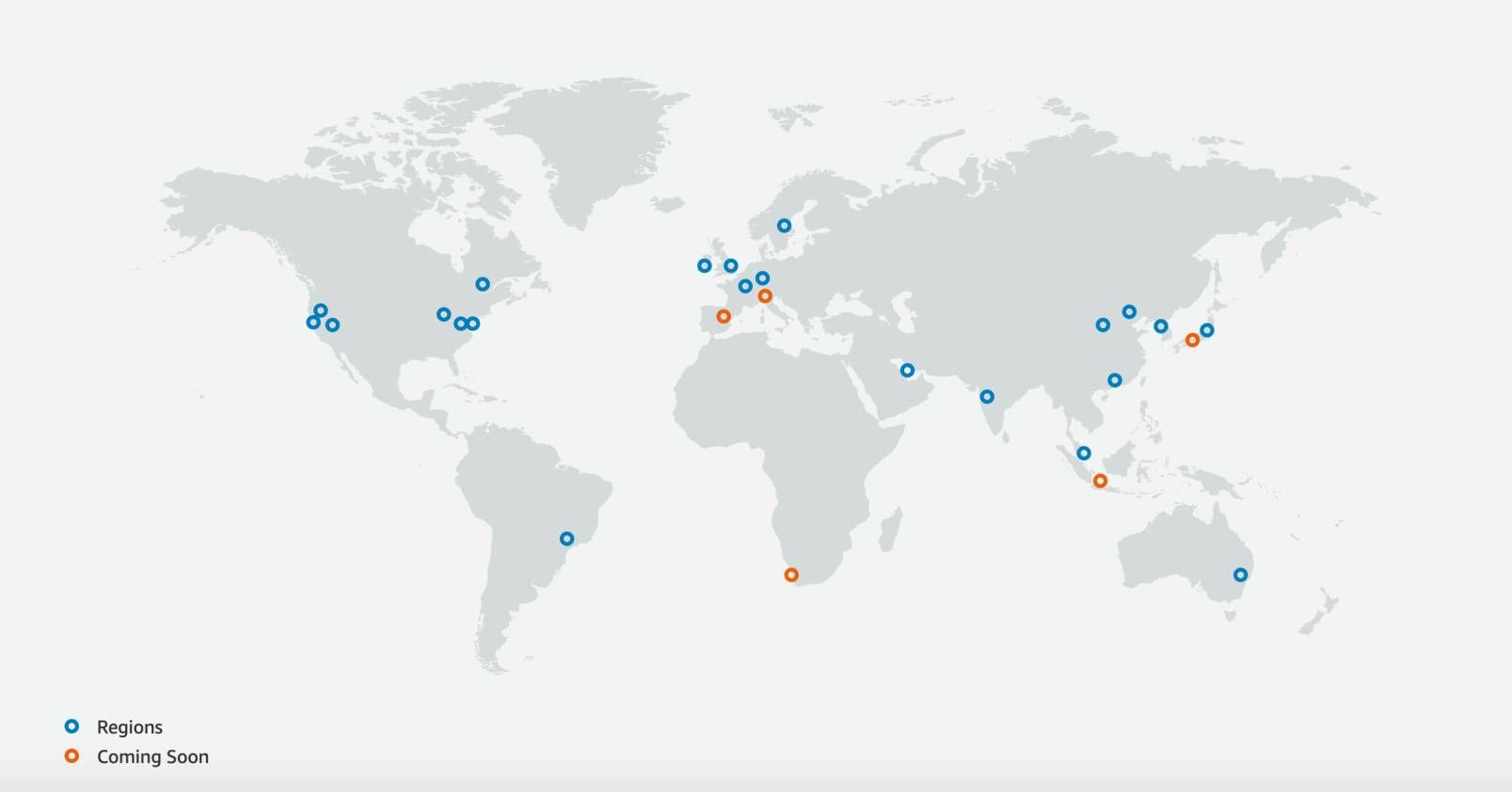
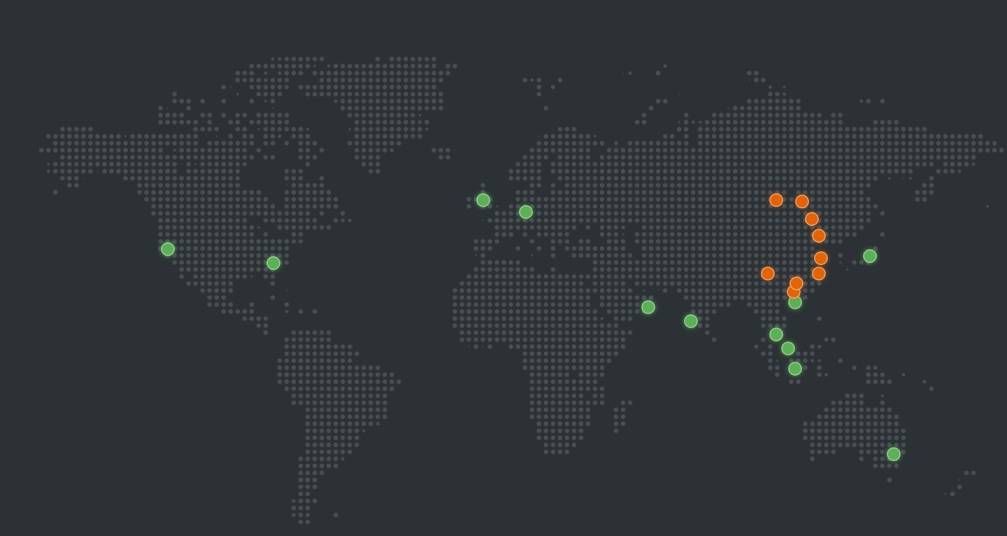
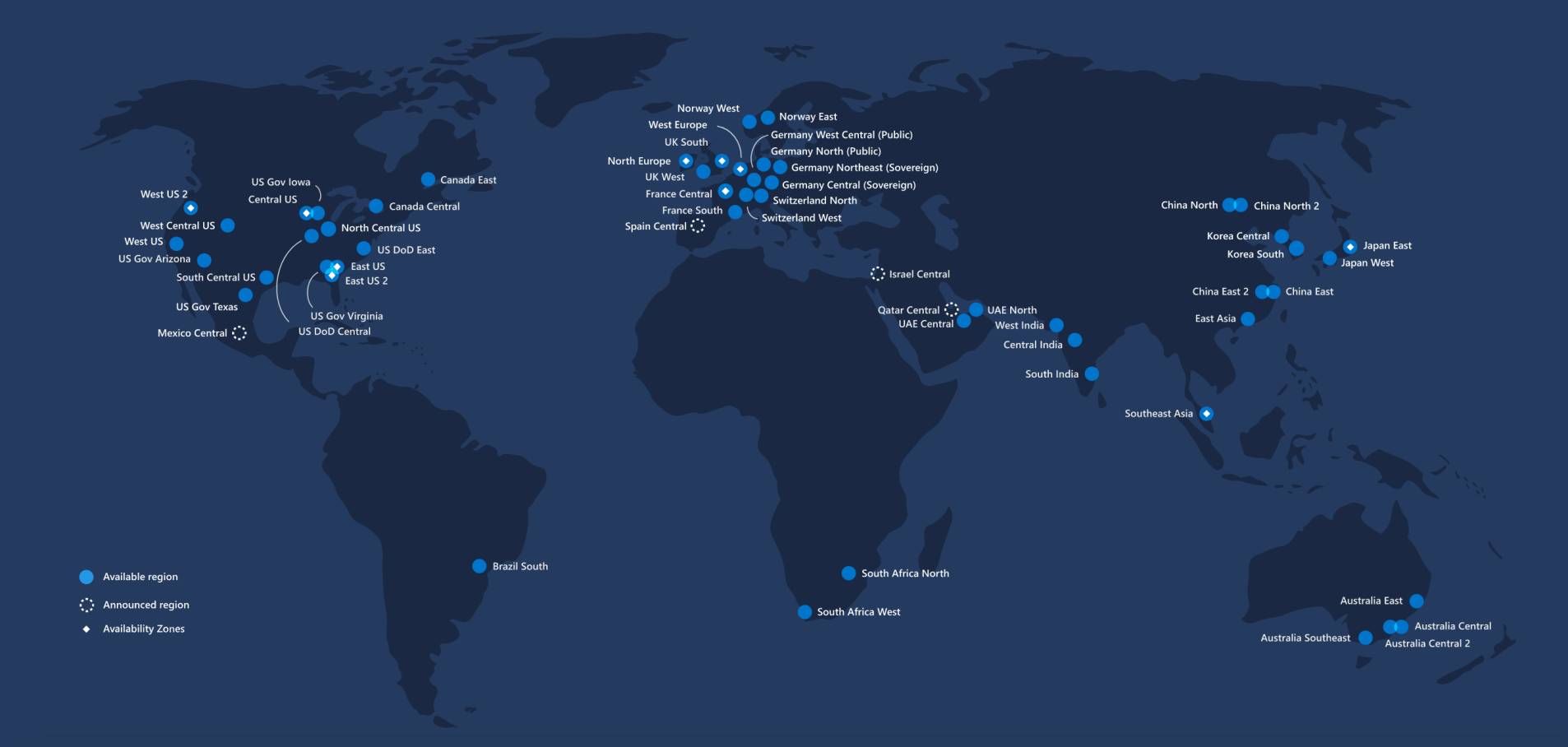
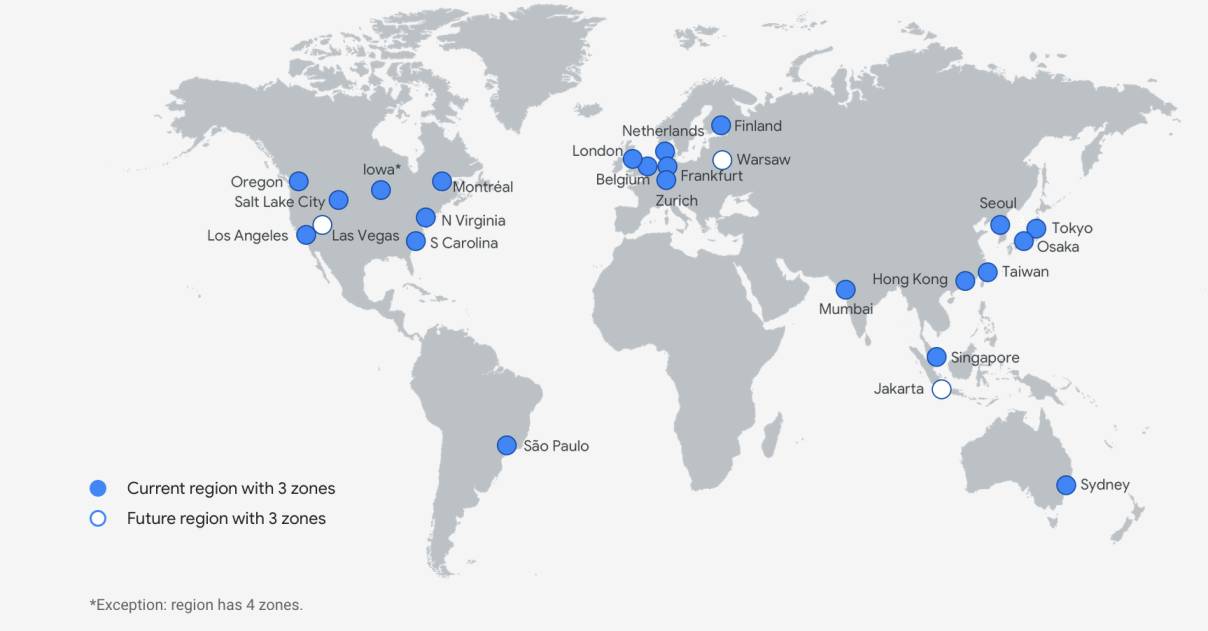
以下是每个厂商在中国、北美、欧洲以及其他地区的“多AZ Region”数量,以及“单AZ Region”的数量。
| 中国境内多AZ Region | 北美多AZ Region | 欧洲多AZ Region | 其他地区多AZ Region | 单AZ Region | Regions总数 | |
|---|---|---|---|---|---|---|
| 阿里云 | 9 | 2 | 2 | 7 | 1 | 21 |
| AWS | 2 | 7 | 5 | 8 | 0 | 22 |
| Azure | 0 | 4 | 4 | 2 | 47 | 57 |
| GCP | 0 | 7 | 6 | 8 | 0 | 21 |
需要解释一下我为什么把Regions这样分类:
- 多AZ Region的设计和设施布局可以提供冗余和性能的保障,以及使用和定价的灵活性,这些都是一个公共云的核心价值。单AZ Region是没有这些特性的。因此,把多AZ Region和单AZ Region分开是有必要的。并非所有的Region都是一样的。
- 根据行业分析所IDC的预测,未来五年的公有云增长将主要来自北美。欧洲将是第二大市场,中国将是增长最快的市场(49.1% CAGR)。因此,把这三个市场单独拉出来也是合理的。
以下是一些我觉得值得注意的发现:
- 尽管Azure的Region数量似乎是其竞争对手的两倍多,但大多数都是单AZ Region。(因为有些单AZ Region离得比较近,你也可以说这些Region实际体验更像多AZ, 但是Azure为什么用这种方式推销自己,尤其是在开发者圈子里对Region和AZ的理解已经很统一的情况下, 让人疑惑。)
- AWS和GCP没有单AZ Region。它们的每个Region至少有三个AZ。从技术角度来看,用三个AZ来确保系统冗余性和确保数据一致性是有必要的,因为它关系到一个分布式系统里(一个云就是个分布式系统)如何用算法自动达成一致。(这是一个较深的技术话题,这里先不多写了,以后再聊。)
- 阿里云的投资主要集中在中国。总体在中国以外的数据中心布局落后于AWS、Azure和GCP。
- 在三家美国公有云厂商中,只有AWS在中国有建数据中心。
- 并非所有的多AZ Region都建有一样数量的AZ。AWS和GCP最标准化:除了少数Region例外,大部分Region都有三个AZ。阿里云的多AZ Region之间则差别很大:有八个AZ的(华北2区-北京,华东1区-杭州),也有只有两个AZ的。Azure不公开任何多AZ Region里的AZ数量。
- 到目前为止,只有Azure在非洲有Region。
- AWS、Azure和GCP都在拉丁美洲(巴西)有个Region。IDC预计拉美市场在未来五年内也会增长很快,38.3% CAGR。
趋势与反趋势
如果你和我一样是个喜欢研究国际关系的人,在看这四家公有云厂商的数据中心的覆盖地域时,会发现一些有趣的全球宏观趋势和反趋势。
首先,这几个公有云基本上是无处不在,哪里有大量的互联网用户,哪里就有数据中心。主流舆论里,虽然“脱钩”很红,本土主义能量和从全球化中撤退的势头强劲,新型冠状病毒或COVID-19的危机也被认为催化了这一趋势,但是我们日常生活中绝大部分的网上服务基本都建立在这几个云厂商的基础上。这些科技巨头的数据中心分布在世界各地,都由闪电般快速的光纤电缆相互连接,为现有及未来的数字化产品提供基础服务。虽然我们从情绪层面可能会渴望“脱钩”(无论是真心的还是被“操纵”的),但未来的世界其实会持续缩短距离,越变越小。
第二,数据中心的具体位置经常是云业务中被低估的一个方面。大型企业,如银行、保险、医疗保健,当然还有政府部门,经常受到法律的监管。监管的一个常规要求就是把数据保存在国境内。云厂商选择建造数据中心的地理位置既要提供更好的覆盖范围以提高冗余度,也要为这些大型企业“本地化”。
一个国家政府通常需要控制四个东西来实施治理:人、货币、自然资源和数据。云计算正好落在数据列中。这正是我所指的反趋势。这些公有云既保持着全球化世界的紧密联系,又在某种意义上促进“脱钩”。
最后一点,这些公有云的去向可以给我们一些指示,告诉我们下一个大的连接点或脱钩点将在哪里发生。运维大型公有云业务的一个鲜为人知的特点是,它可以从内部看到整个互联网的一大部分,因为它的基本业务就是保持这块互联网的正常运行。
一个有全球覆盖面的云厂商既知道互联网的现在,也可以预测互联网的未来。
那么,互联网将走向何方呢?根据这几个云厂商的数据中心地图,AWS将前往米兰、西班牙、南非、雅加达和大阪。Azure将前往墨西哥、以色列和卡塔尔。GCP将前往雅加达和华沙,并进一步深入美国本土。奇怪的是,阿里云的地图并没有标出其下一步的扩张方向(如果有扩张计划的话)。正如我在上一篇文章中所写到的,尽管在一个不友好的商业环境下,阿里云还是取得了不可忽视的成绩,但从数据中心的未来布局中看不到阿里云未来的野心在哪里。
公有云市场总体还很年轻,体现在每个大大小小的厂商都以“抢地盘”为第一目标。一个公有云会尽其所能鼓励客户将自己所有的数字化资产(如应用程序代码、数据、图像、视频、机器学习模型)移到云的数据中心里。为了能说服更多公司做到这一点,它需要投资建立更多的Region和AZ,并在下一波数字化潮流的前沿布局。
如果您喜欢所读的内容,请用email订阅加入“互联”。每周两次,新的文章将会直接送达您的邮箱。请在Twitter、LinkedIn上给个follow,与我交流互动!
